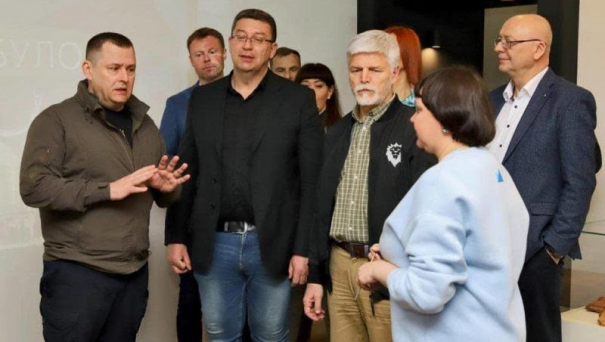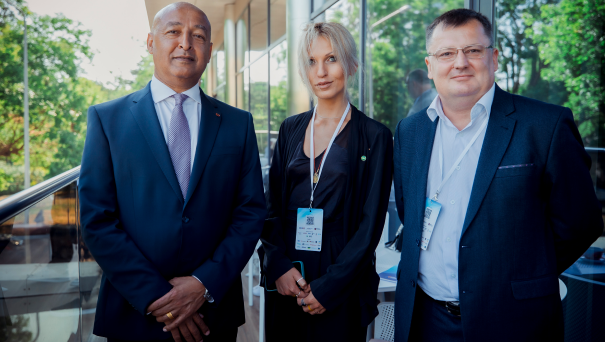Consecutive interpretation
There are two basic modes of interpretation: simultaneous interpretation which consists in interpreting the message from the source language to the target language simultaneously, and consecutive interpretation which consists in interpreting between pauses in speech.
The biggest challenge of simultaneous interpretation for the interpreter is keeping up with the speaker’s pace. However, this mode of interpretation saves time and does not interrupt the speaker.
When performing consecutive interpretation, the speaker should make pauses in his speech in order to allow the interpreter to do his job. Therefore, the speech will take twice as long. The interpreter is usually alongside the speaker.
Depending on the situation, a consecutive interpreter may be required to perform translation of documents. Such a translation of written texts is a combination of interpretation and regular translation, as the interpreter is expected to translate the document instantly while adapting the text to a target language. This practice usually occurs in judicial and medical institutions. Consecutive interpretation services are often used in cases of interpretation required for bilingual listeners, who wish to hear both the original and the target language, or in case of court hearings, where the speech in both languages must be recorded.
Consecutive interpretation services are very often ordered for events of any format, from friendly meetings to high-level conferences.








